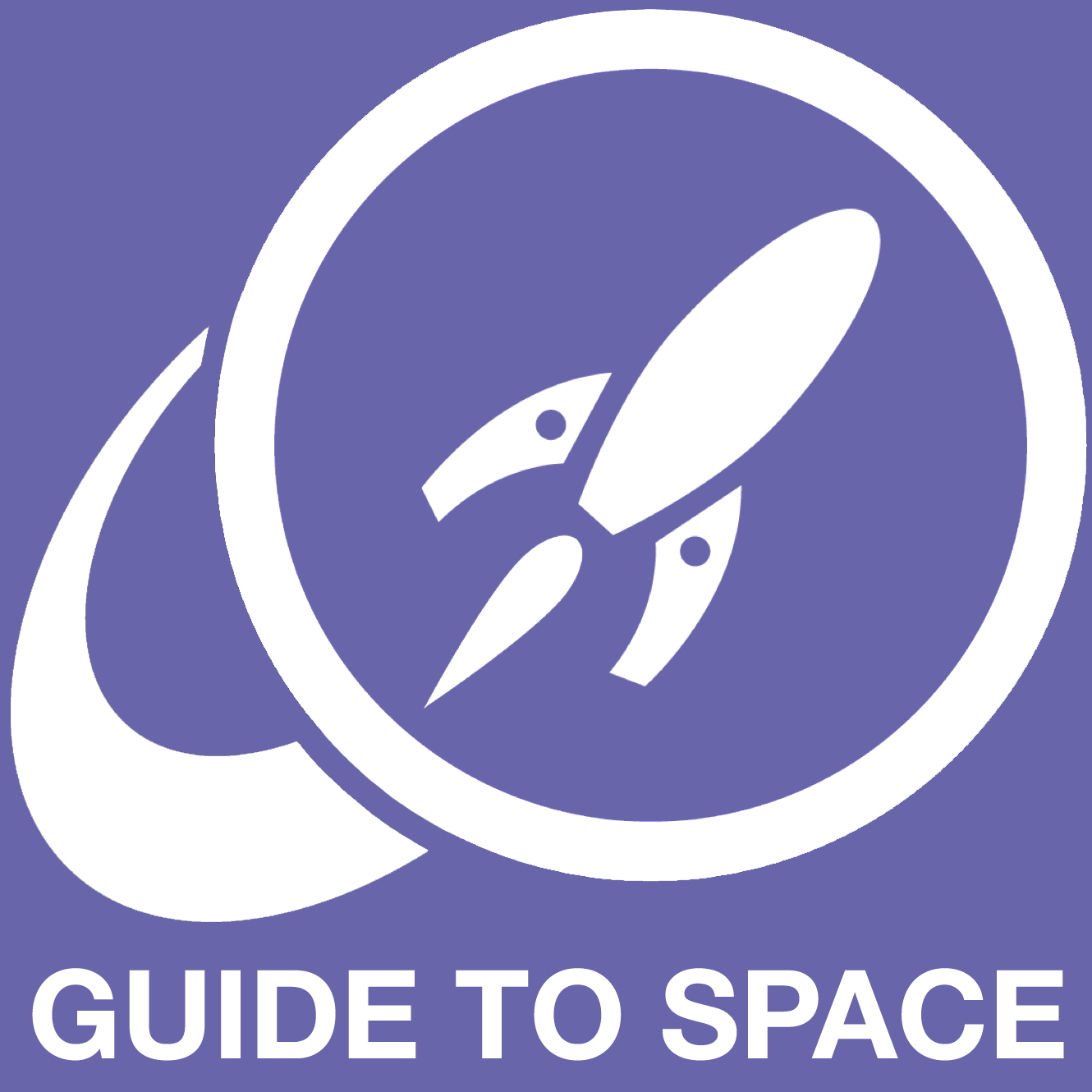The distances to other stars are depressingly enormous. Fortunately, the Milky Way has got our back. Other star systems have been hurling comets and asteroids towards the Solar System. All we’ve got to do… is catch them.


The distances to other stars are depressingly enormous. Fortunately, the Milky Way has got our back. Other star systems have been hurling comets and asteroids towards the Solar System. All we’ve got to do… is catch them.

This week Fraser Cain discuss about Fermi Paradox. How difficult it would be for aliens traveling at 10% the speed of light to settle the entire Milky Way, and it turns out, it’s not as simple as you might think.

In order to really survive and thrive in space, we’ve got to learn to live off the land, to acquire the resources in space that will allow us to survive… in space. We’ve got to learn to turn those raw materials into forms we need: fuel, breathable air, water, construction materials, and eventually even finished goods like rocket parts and electronics.

NASA’s Hubble Space Telescope launched on April 24, 1990, and it’s been hard at work ever since, studying the cosmos like no other observatory in human history.

We’ve reached the third part of our series on Lagrange Points, those stable spots in the Solar System, where you can sort of hover with the minimum amount of fuel. In this episode we’re going to look at the L4 and L5 points which share the orbit with a more massive object.

Lagrange Points. Stable spots in space. What spacecraft work best in which places? What are some amazing ideas that could utilize these regions across the Solar System? This week, we’re going to talk about L2 and L3, the other meta-unstable spots that you can park a spacecraft at.

Thanks to gravity, there are places across the Solar System which are nicely balanced. They’re called Lagrange Points. Various spacecraft have already visited Lagrange Points, used them for some or all of their missions. Let’s explore the Lagrange Points.

Whenever I mention dark matter in anyway in the Guide to Space, or in a questions show, I get a bunch of responses that have essentially the same point. Astronomers are just speculating, why do they even think dark matter is a thing?

It’s too bad Mars is such an interesting place, because it’s actually one of the most difficult places to visit in the Solar System, especially if you want to bring along a lot of luggage. That planet is a graveyard of missions that didn’t quite make it.

Fraser gives 5 answers to the question, “why should we explore space when we have so many problems here on Earth?”